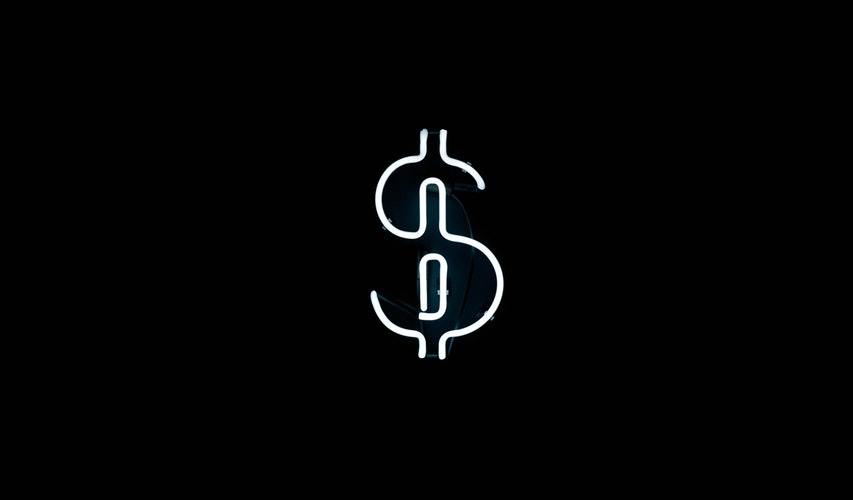Fundamental Analysis in Forex Trading
Everything that doesn’t fit into technical analysis belongs to fundamental analysis. In other words, traders that don’t use indicators, oscillators, or any trading theory, are fundamental traders.
The name has a symbolic connotation: the fundamentals refer to the reason why a market moves. In Forex trading, they relate to the reason why a currency pair (or, sometimes, only a currency) runs.
The fundamental analysis represents the sum of every piece of economic data that can influence a currency. The proper fundamental analysis of a currency pair, therefore, implies the amount of all economic news from the two economies that make the currency pair.
The Forex dashboard consists of currency pairs centered around the U.S. Dollar. The dollar as the world’s reserve currency is the heart of the current financial system.
Therefore, all the economic news from the United States influences the dollar. Moreover, because the dollar is “paired” with other currencies on the Forex market, the United States economic news affects the way many currency pairs moves too.
But then again, most of the currency pairs (or, at least, the most popular and liquid ones) in Forex trading belong to capitalistic economies. It means that traders look at the same economic data for interpreting different economies.
However, economic data is only one part of fundamental analysis. Besides interpreting the financial news, traders consider political and geopolitical events, elections around the world, macroeconomic news that might change trends in major currencies, and even weather forecasts, believe it or not.
Again, everything that’s not technical must be fundamental. There’s no grey, but only black and white.

Economic News at the Heart of Forex Trading
All market participants interpret the economic news in a country/region. Of course, for various reasons.
Some, like central banks, meet regularly (every month or every six weeks) and interpret the economic news from the past period. They aim to spot changes in the economic activity and to react appropriately, with changes in the monetary policy.
Forex traders, on the other hand, look at economic news and interpret it for one reason only: to be ready for the next change in monetary policy. Hence, to prepare for the next move the central banks will make.
In Forex trading, everything depends on the interest rate level. As such, traders interpret the news to see what the chances are for the central bank to change the interest rates.
Traders have the advantage of having access to economic data and interpreting it before a central bank meets. Because the news comes out regularly, throughout the trading month, its interpretation represents a bit of puzzle for traders and economists as well.
Moreover, central banks don’t react the same to changes in economic activity. Sometimes, their statement is in line with expectations, but some other times it takes traders by surprise.
Most Important Economic News to Consider in Forex Trading
Not all economic news has the power to shift markets. Some matter more than others.
It is a Forex trader’s job to make a distinction between what to focus on and what to ignore. While all data together offers a clear picture of the economic activity in a country/region, some economic data deserves more attention.
That’s when the volatility increases, and that’s where traders’ focus sits. The following economic news MUST be on every trader’s list, no matter the currency pair traded:
- Inflation. All central banks in the world, large and small, look at inflation. In economic terms, Consumer Price Index or the CPI is the broad term. However, throughout the trading month, various inflation-related data hit the wire, and it causes volatility to rise every time. Central banks move the interest based on changes in inflation level: when inflation increases, the interest rates rise too, and when it falls, the central banks will cut the rates.
- Jobs data. The number of jobs in an economy shows the strength of it. The more people employed, the more disposable income exists, and the economic activity picks up. The unemployment rate, labor participation rate, and various other jobs-related data sit on top of the economic news to consider in Forex trading.
- GDP. The Gross Domestic Product shows the total value of goods and services produced in an economy. The higher, the better for the currency, as it implies healthy economic activity and leads to the central banks hiking the rates.
- -PMI’s. The PMI’s or ISM’s (Purchasing Managers Index or Institute for Supply Management index) reveal the state of every economic sector. Economic sectors make up the entire GDP, so an early investigation into the health of the most important one allows traders to position for the next central bank meeting.
The above are only some of the news that makes up the full spectrum to consider in Forex trading. Later in the Trading Academy, we’ll cover everything about the economic calendar and all news in proper detail.
What matters here is that traders analyze various economies and prepare for the next central bank's meetings. They buy and sell currency pairs according to the economic implications, or to changes in the economic activity.
However, news isn’t the only event that move the currency market.

Macroeconomics
How many times have you heard of the term “global economy”? Probably too often, but there’s a reason for that.
The world as we know it is interconnected on so many levels that regional economies make an integer part of bigger ones. Trade opened new frontiers for all countries in the world.
Chinese products exist in Brazil, Middle-East oil arrives in China, German cars sell in Japan, and Japanese technology exists all over the world. It virtually means that the world is a big global economy.
Therefore, changes in global trends affect the value of various local economies. Hence, the value of the local currency.
Interpreting global trends and their impact is known as macroeconomics. An example of how macroeconomic news impacts the value of a currency comes from the recent tax reform in the United States.
The announcement took markets by surprise as it leads to a stunning increase in the United States debt levels. As such, the dollar lost value against most other currencies, even though the Federal Reserve of the United States is in a full tightening mode.

Conclusion
Economic news and changes in the macroeconomic picture aren’t the only parts of the fundamental analysis. However, they are the ones that move markets most of the times.
Elections have the power to move markets too. Referendums, too.
Think of 2016, when Forex trading was heavily influenced by the Brexit referendum in the United Kingdom and the U.S. Presidential elections a few months later. Until the two events were behind, Forex traders didn’t take any chance. Consequently, most currency pairs traded in a range.
Wars have the power to move markets too. Depending on what’s at stake, like the participants and the implications for various markets, the balance of forces on the Forex market will change also.
Hurricanes and other extreme events, like earthquakes, etc., move the Forex market too. Their ravages represent a drag on the local economy/economies, and the currency/currencies are the first one to react to such events.
To sum up, the fundamental analysis reveals why financial markets move. Sometimes, it isn’t that obvious.
However, behind every significant trend, there’s a reason that started it. Typically, that one comes from the fundamental side, and not the technical part of Forex trading.


